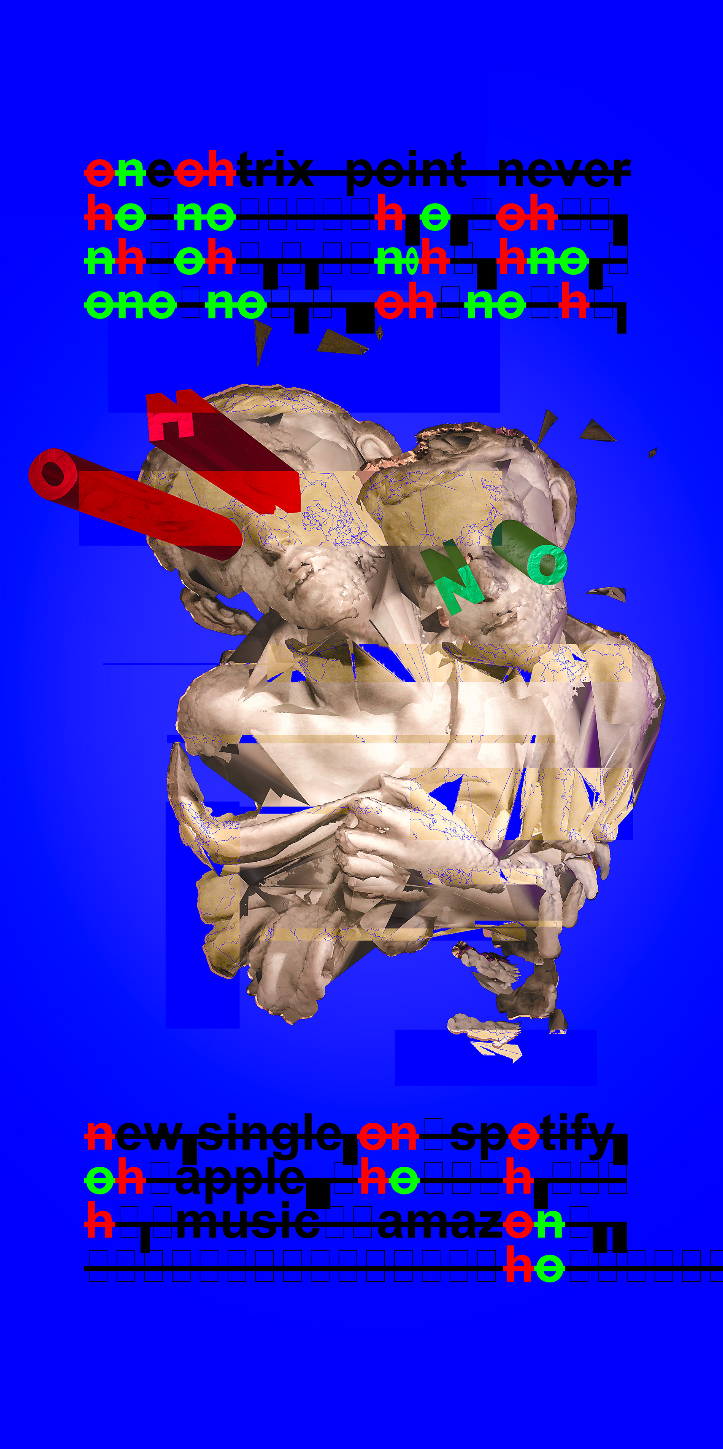
JPEG compression. Skewed graphics. Missing glyphs. Misaligned mechanisms. Unexpected inputs.
New technologies begin as broken tools. Emerging from a primordial soup of glitches, bugs, and errors, they endure years of debugging, buffing, and polishing which gradually refine them until they disappear into the smoothness of the background. There they operate, invisible functions which pattern life until, suddenly, a short-circuit violently interrupts their operation. Error. Crash. System failure. Like an open wound, the rupture requires immediate attention, sutures. But what if we reached not for sutures but shovels, and dug into the wounds? What would we find? Circuits. Traces. Unnoticed logics. Horrors. Darkness.
In a world of closed systems and imperceivable algorithms the broken tool produces gaps where one would like to be assured of unity, not unlike the uncanny horror of the evil twin or the android. These gaps trigger memories and uncertainties with a rare capacity to engage us intellectually, emotionally, and subversively.
My design explorations into tool-breaking and the uncanny, what I call “dark design,” explores this as a design methodology which seeks to find those gaps, work them open, and invite people in.